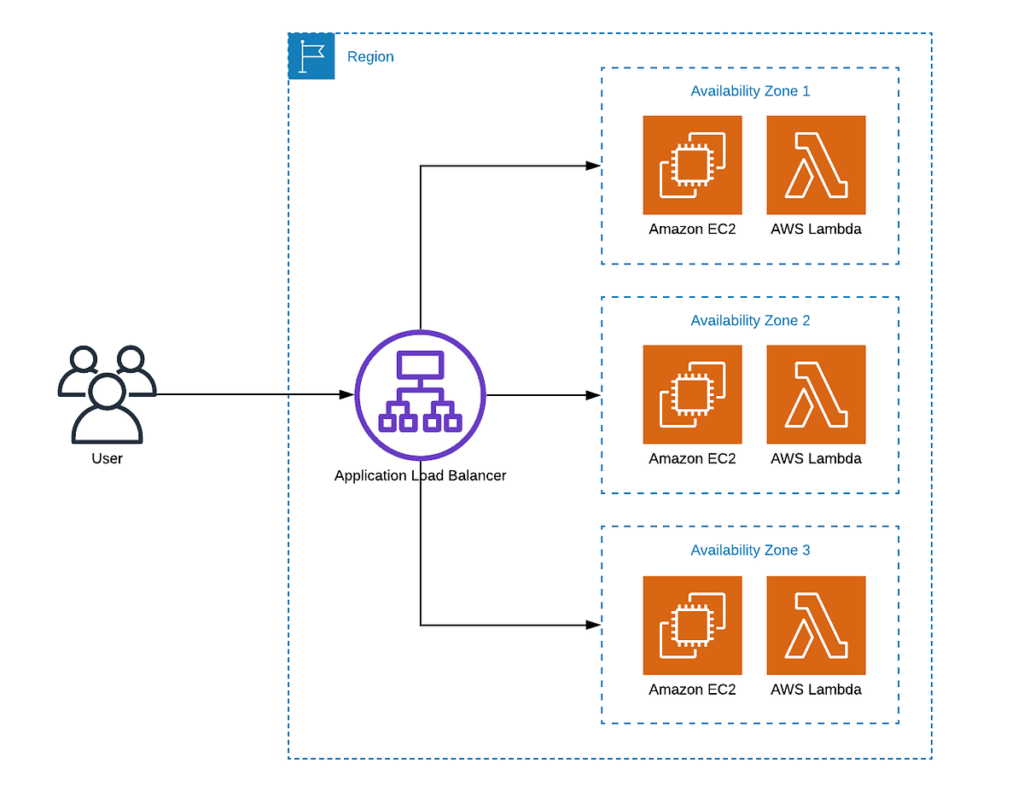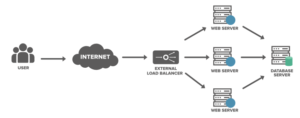
Introduction
As businesses move to the cloud, the demand for highly available and scalable applications becomes paramount. AWS offers a range of Load Balancer that help distribute incoming traffic across multiple instances, ensuring optimal performance, fault tolerance, and seamless scaling. In this article, we will explore the different types of Load Balancers provided by AWS and how they can benefit your business.
Elastic Load Balancer (ELB)
The Elastic Load Balancer (ELB) is a fully managed service that automatically distributes incoming traffic across multiple EC2 instances. It offers three types of load balancers: Classic Load Balancer (CLB), Application Load Balancer (ALB), and Network Load Balancer (NLB).
The Classic Load Balancer is ideal for applications that require simple load balancing, such as those built on the EC2-Classic network. It supports HTTP, HTTPS, TCP, and SSL/TLS protocols, making it versatile for various use cases. However, it lacks the advanced features and flexibility of the newer load balancers like the ALB and NLB.
The Application Load Balancer operates at the application layer of the OSI model, making it perfect for modern architectures that rely on microservices and container-based deployments. It allows you to route traffic based on URL paths, hostnames, or even request headers. ALB also supports path-based and host-based routing, content-based routing, and advanced request routing rules.
On the other hand, the Network Load Balancer is designed for ultra-high performance, handling millions of requests per second. It is best suited for applications that require low latency and high throughput, such as gaming, streaming, and real-time communication applications. NLB operates at the transport layer (Layer 4) and forwards traffic based on IP protocol data.
Application Load Balancer vs. Network Load Balancer
Both the Application Load Balancer (ALB) and Network Load Balancer (NLB) provide advanced load-balancing features, but they differ in their use cases and capabilities.
The ALB is an HTTP/HTTPS load balancer that operates at the application layer. It supports features like path-based and host-based routing, and content-based routing, and even integrates with AWS WAF for enhanced security. It is ideal for web applications, API services, and microservices architecture.
The NLB, on the other hand, operates at the transport layer and forwards traffic based on IP protocol data. It is capable of handling millions of requests per second with extremely low latencies. NLB is best suited for latency-sensitive applications that require high throughput, such as gaming, streaming, and IoT applications.
Conclusion
Load balancing is a crucial component of any highly available and scalable architecture. AWS provides a range of Load Balancers, each designed for specific use cases and requirements. Understanding the different types of Load Balancers, such as the Elastic Load Balancer (ELB), Application Load Balancer (ALB), and Network Load Balancer (NLB), allows you to choose the right one for your application. By incorporating Load Balancers into your AWS infrastructure, you can achieve improved performance, fault tolerance, and seamless scalability for your applications.



